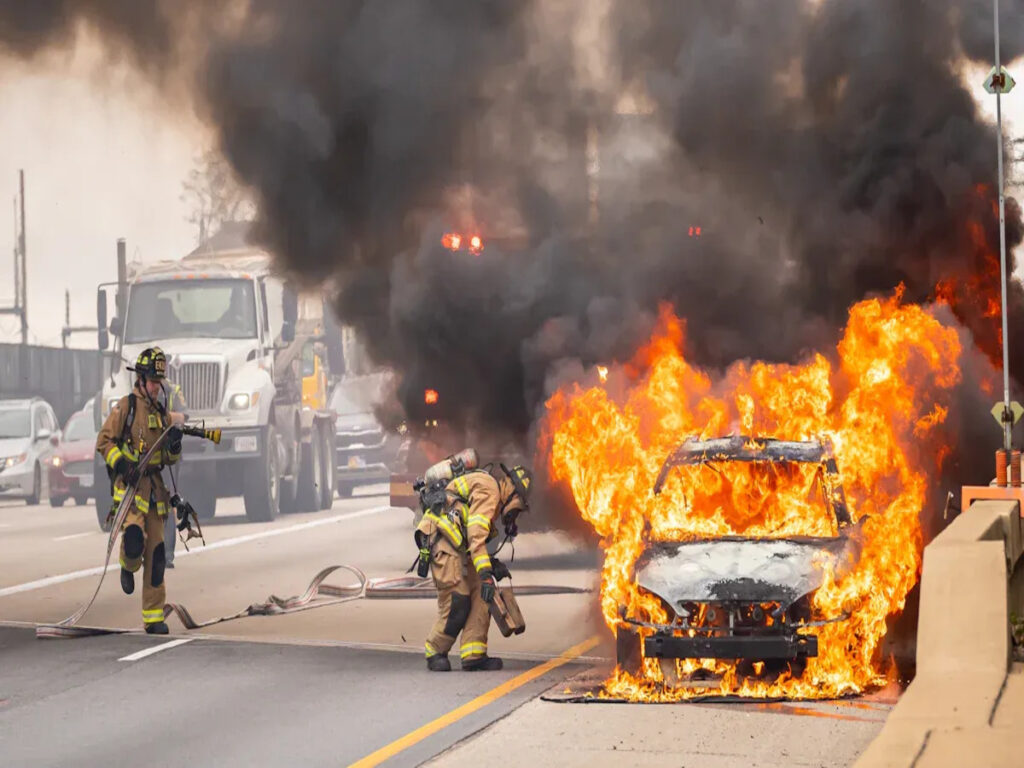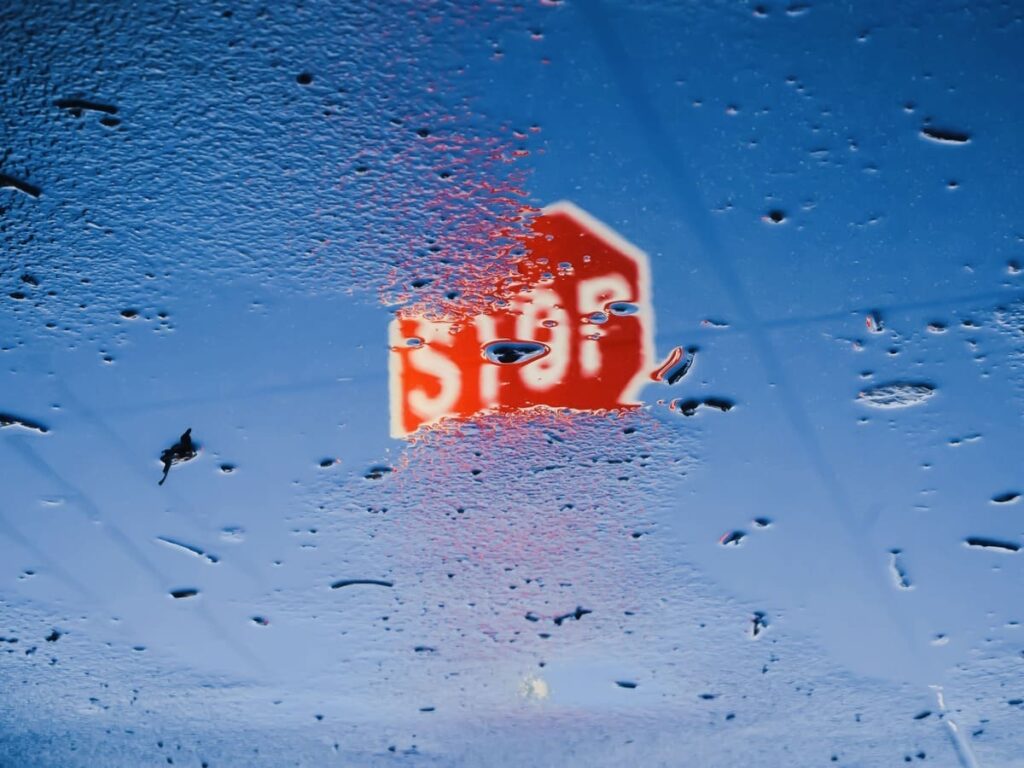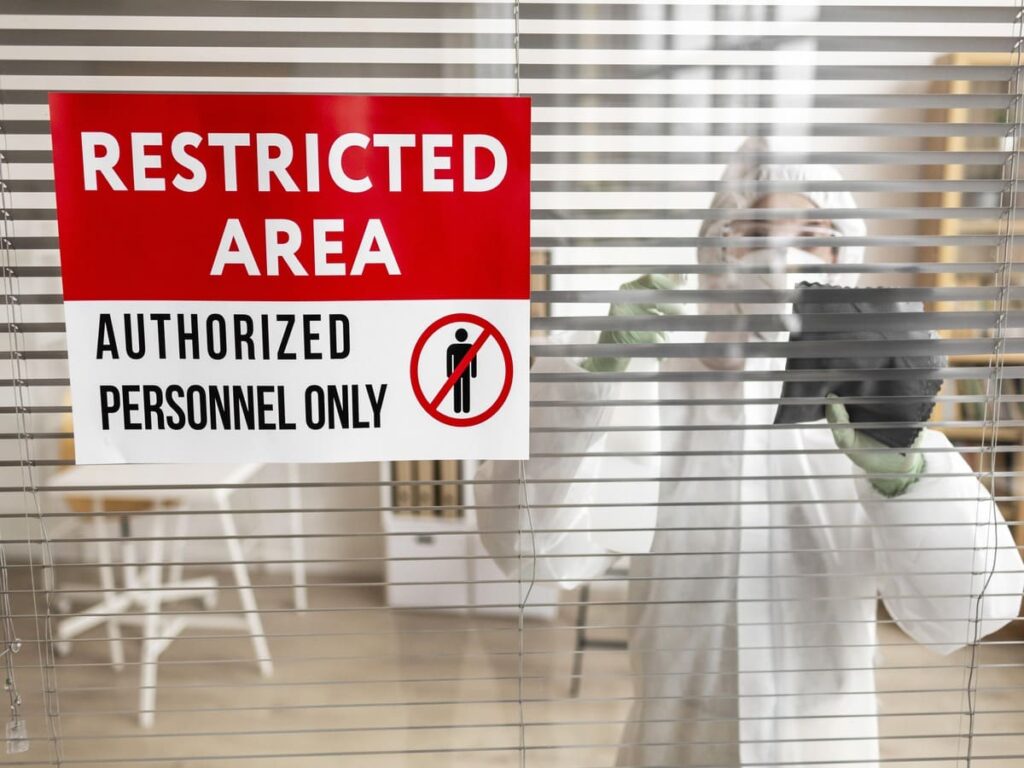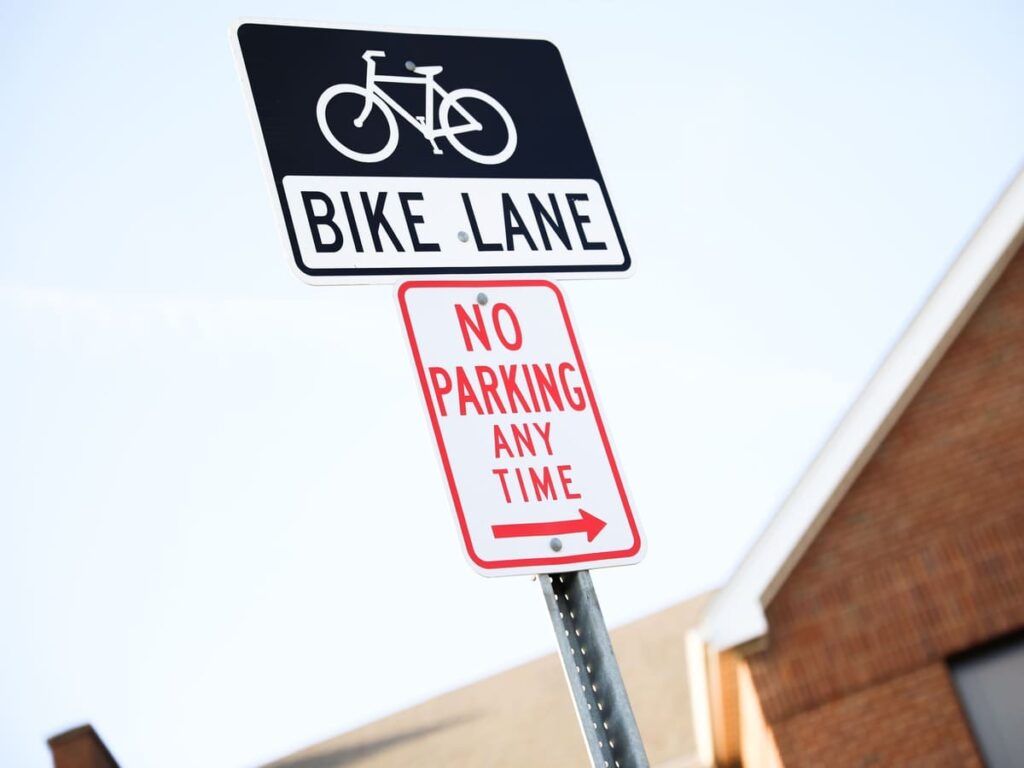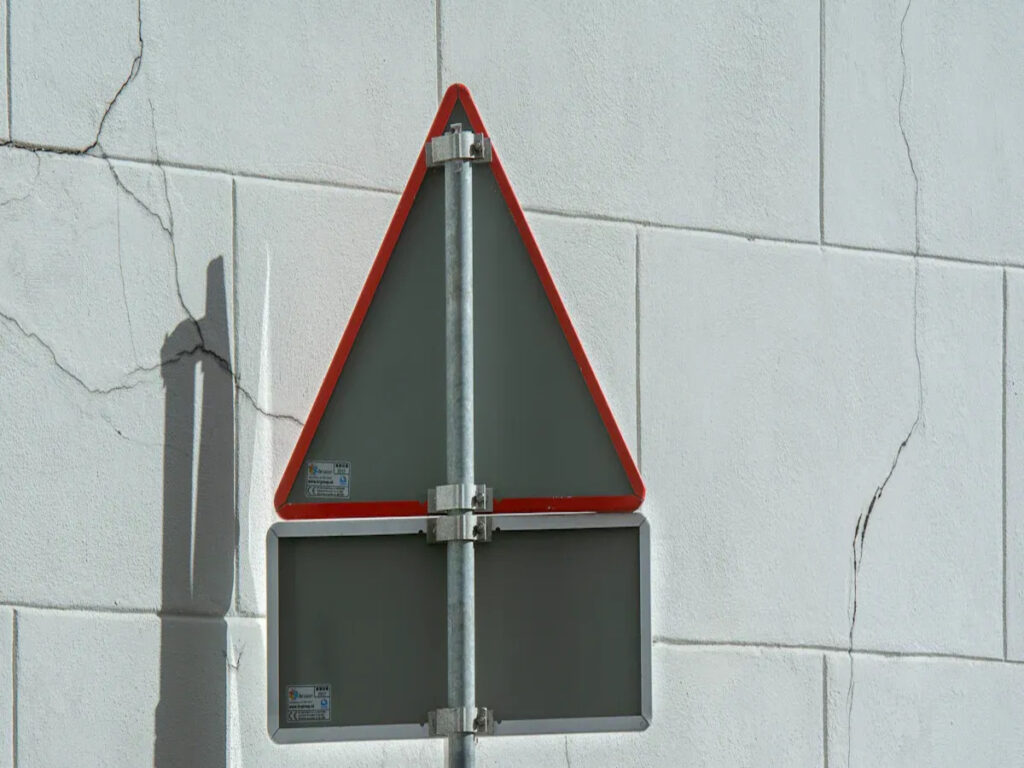
تحتاج مشاريع الطرق الدولية إلى تواصل واضح. هذا مهم للغاية عندما يختار الناس علامات عاكسة لبناء المواقع أو الاستخدام الدائم. الأسترالي والولايات المتحدة. تستخدم المعايير كلمات مختلفة. هذا غالبًا ما يجعل الناس في حيرة من أمرهم عند شراء علامات المرور للبيع. الأشخاص الذين يشترون العلامات, تخطط للطرق, جعل العلامات, أو يمكن أن يواجه العمل في السلامة على الطرق مشاكل السلامة. تحدث هذه المشكلات إذا استخدمت الفرق الأغطية العاكسة الخاطئة. في عام واحد, تداول الناس 149,860 شحنات العلامات العاكسة ومواد البناء في 151 بلدان. يوضح هذا العدد الكبير لماذا يجب أن نفهم المعايير والكلمات في بناء الطرق. إذا لم يفهم الناس, يمكن أن يتأخر المبنى. يمكن أن تنخفض السلامة. يمكن أن ترتفع تكاليف العلامات والبناء.
في أوبترافيك, we cater to international clients by ensuring a clear understanding of the different standards and terminology used in each country. Our team helps you navigate the varying requirements for علامات عاكسة, ensuring that your road safety projects are compliant, فعالة من حيث التكلفة, and delivered on time.
الوجبات الرئيسية
- الأسترالي والولايات المتحدة. standards use different words and brightness levels for reflective sheeting. Always check local rules before you buy signs.
- Picking the right class or grade of reflective sheeting makes roads safer. It helps people see signs better, especially at night or when the weather is bad.
- People often make mistakes by choosing signs just because they are cheap. Some mix up Australian classes with U.S. grades. This can make things unsafe and cause delays.
- Following Australian Standards and putting signs in the right place helps stop dangers. It keeps workers and the public safe on building sites.
- Clear hazard symbols with the right colours and shapes on reflective signs help people see dangers fast. This helps them act quickly in emergencies.
Reflective Signs and Standards

العلامات العاكسة مهمة للغاية للسلامة على الطرق. They help drivers see road signs at night or in bad weather. Groups like Vicroads want signs made with good reflective materials. This makes sure signs are easy to see when headlights shine on them. When drivers see road signs clearly, they can react fast. هذا يساعد على إيقاف الحوادث ويبقي الناس آمنين. Signs need to be checked and cleaned often to work well. Clean signs also follow safety rules. If signs do not reflect light, they might break the law. This can cause fines or make building sites more dangerous.
Australian Standards Overview
Australian standards give clear rules for road signs. هذه القواعد, يحب AS/NZS 1906 and AS1428.1, focus on safety and being easy to see. Builders must use reflective materials that fit these rules. The rules talk about things like how big traffic road signs are and how wide stripes should be. على سبيل المثال, stripes must be 250 ملم واسعة. يكتب 1 signs need at least 30 m between them. There are also rules for using reflective markers when it is dark. Warning signs are needed if you cannot see well. Builders must follow these rules to keep roads safe and legal. The table below shows some main rules:
| المعلمة | Specification/Value |
|---|---|
| Marking stripe width | 250 مم (white or yellow) |
| الحد الأدنى للتباعد (يكتب 1) | 30 م |
| الحد الأقصى للتباعد | 50 م (continuous speed control) |
| Additional safety measures | Reflective markers, W5-10 warning signs |
Australian standards also talk about slip resistance and fire safety. Builders can use the LRV Calculator to check if signs are bright enough.
نحن. Standards Overview
نحن. standards also care about safety and clear signs. ال دليل على أجهزة مراقبة حركة المرور الموحدة (Mutcd) gives the main rules. Most traffic signs must use reflective materials. The MUTCD lists different grades of reflective sheeting. These include Engineer Grade, عالي الكثافة, ودرجة الماس. Each grade is used for different road needs. نحن. rules say signs must be checked and kept clean. Builders must follow these rules to keep roads safe and legal. The main goal is to have signs that are easy to see in all traffic situations.
Key Reflective Sheeting Terms
Australian Classes
Australia uses a class system for reflective sheeting. This helps builders and planners pick the right material. فصل 1 sheeting gives basic reflectivity. It is used for temporary signs or quiet roads. فصل 2 sheeting is brighter than Class 1. It works well on busier roads or in work zones. فصل 3 sheeting is the brightest. It is best for fast roads, big intersections, or dark places. Each class must follow strict rules in AS/NZS 1906. These rules make sure signs are safe and easy to see for everyone.
To gain a deeper understanding of Australia’s reflective sheeting standards, explore our blog on نظرة عامة على معايير ألواح علامات المرور العاكسة في أستراليا.
نحن. Grades
The United States uses a grading system for reflective sheeting. This helps teams and planners choose the right material. Engineer Grade is the starting level. It is good for normal signs in safe areas. High-Intensity Grade is brighter than Engineer Grade. It is used on busy roads or in work zones. Diamond Grade is the brightest. It uses special technology to reflect more light. This grade is best for fast roads, overhead signs, and places needing high visibility. نحن. rules like the MUTCD say which grades to use. Studies show Diamond Grade, like ASTM Type XI, can cut crashes by up to 46% متأخر , بعد فوات الوقت. It also stays bright for over ten years, so it saves money on long jobs.
For more information on choosing the best reflective materials for traffic signs in the U.S., visit our blog on كيفية اختيار أفضل المواد العاكسة لعلامات المرور.
Reflective Sheeting Comparison
Australian classes and U.S. grades both help make roads safer. But the words and how bright they are can be different. The table below shows how the main classes and grades compare for road and building signs:
| Australian Class | نحن. درجة | مستوى الانعكاس | التطبيقات النموذجية | Visibility Benefit |
|---|---|---|---|---|
| فصل 1 | الصف المهندس | أساسي | علامات مؤقتة, المناطق المنخفضة الحركة | Good for short-term use |
| فصل 2 | عالي الكثافة | واسطة | مناطق البناء, medium-traffic | Better for busy roads |
| فصل 3 | درجة الماس | عالي | الطرق عالية السرعة, critical signage | Best for night and distance |
نصيحة: Always choose the right class or grade for your site. Using the wrong type can make signs hard to see and cause accidents.
It is very important to use the right reflective sheeting. على سبيل المثال, فصل 1 or Engineer Grade may not be bright enough for fast roads at night. Diamond Grade or Class 3 is much brighter. This helps drivers see signs from far away. This is extra important in work zones where things change quickly. Data from the U.S. shows that better sheeting can stop thousands of crashes each year. It also means signs last longer and need less fixing.
Teams should always check what their area needs. الأسترالي والولايات المتحدة. rules both care about safety, but the words and brightness are not the same. Using a table helps people understand and makes sure every sign is safe and easy to see.
Avoiding Confusion in Procurement
Application Needs
Every building job needs different traffic signs. Teams should look at the road type and how many cars use it. They also need to think about dangers on the site. Work zones can change fast, so sign placement is very important. Planners must check if the road is busy or quiet. They should also look at how much light there is. Bad lighting can make things more dangerous.
To pick the right reflective sheeting, teams can do these steps:
- Find out what kind of site it is and how much traffic there is.
- Look at the main dangers, like moving cars or poor visibility.
- Check local rules and safety standards for signs and where to put them.
- Pick reflective sheeting that fits the danger level and speed of traffic.
- Make sure all signs follow Australian Standards.
نصيحة: Putting signs in the right place in work zones makes things safer for workers and the public.
أخطاء شائعة
Procurement teams sometimes mix up words used in Australia and the United States. This can make them pick the wrong reflective sheeting for signs. على سبيل المثال, a team might buy Engineer Grade sheeting for a busy site. They might think it is the same as Class 2 في أستراليا. But this grade might not be bright enough for busy or dangerous places.
بعض الأخطاء الشائعة:
- Picking signs by price instead of danger level or rules.
- Not following the rules for where to put signs in work zones.
- Forgetting to check if signs meet local safety standards.
- Using the wrong class or grade of reflective sheeting in important areas.
- Not changing signs when dangers change during building.
A real example shows a buyer choosing Class 1 reflective sheeting for a big road job. The signs were not bright enough for fast traffic. This mistake made things more dangerous and slowed down the job until new signs came. في حالة أخرى, using reflective signs that did not meet the rules in a work zone led to fines for breaking safety laws.
ملحوظة: Always match the reflective sheeting to the danger level and traffic. هذا يبقي الجميع آمنين ويتبع القواعد.
الامتثال للمعايير الأسترالية
Following Australian Standards is key for safe building and traffic control. These rules say how to use signs, أين تضعهم, and how to control dangers. Sticking to these rules helps teams lower risks and keep work zones safe.
Australian Standards ask for a set order to control dangers:
- Swap dangerous materials for safer ones, like using water-based paints.
- Keep dangers away by putting barriers between work and traffic.
- Use engineering controls, such as material hoists, to stop injuries.
- Use admin controls, like clear signs, no-go zones, and worker training.
- Give workers personal safety gear, like bright clothes and hats.
Using these controls with good reflective signs and placement lowers risks. Teams who follow Australian Standards have fewer accidents and better safety. Work health and safety laws also say signs and controls must be checked often. This keeps sites safe and makes sure all rules are followed.
شرح: Following Australian Standards is not just about the law. It also makes things safer for workers and the public. Good signs, correct placement, and regular checks help control dangers and keep work zones safe.
Hazard and Hazard Symbols in Reflective Signs
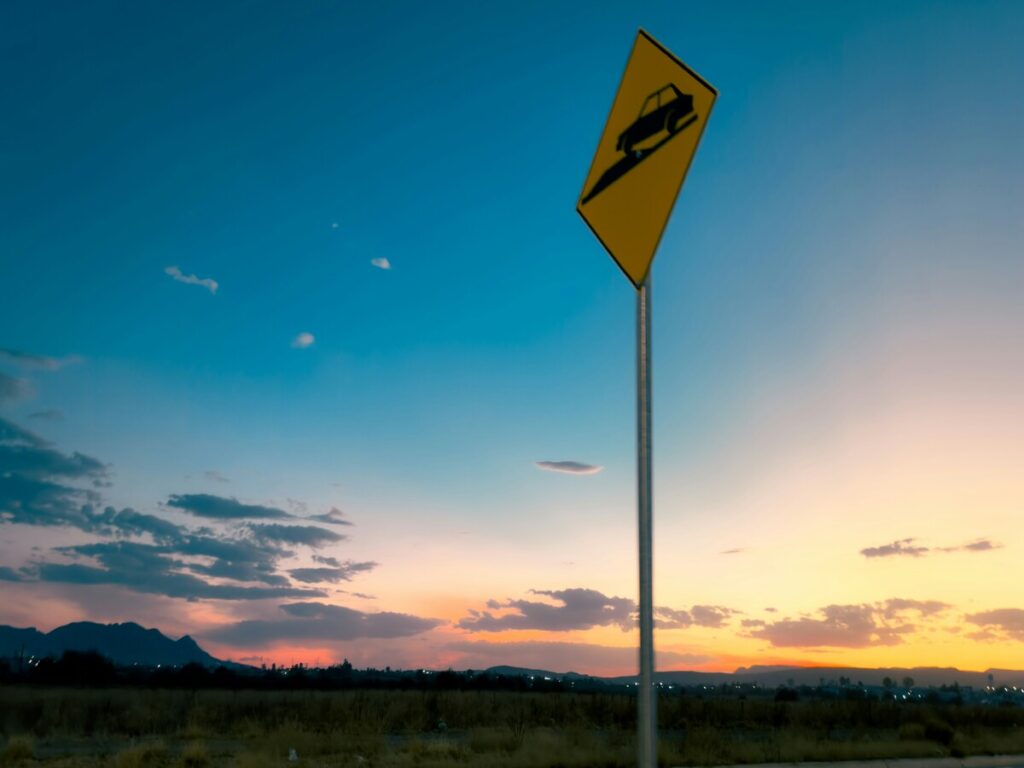
Hazard Sign Requirements
Symbols are very important on reflective signs. They help keep workers and the public safe. Both Australian and U.S. standards state that hazard signs must be clear. These signs use special colors, الأشكال, and chemical signage symbols to indicate the type and severity of the danger. ISO 3864-1 و ANSI Z535.4 provide rules for how to design and place these signs. Signs must use reflective materials so people can see them at night or in bad weather. High reflectivity ensures hazard symbols are always easy to see. The placement of hazard signs is also crucial. Signs should be at eye level and close to the danger. This helps people notice hazards quickly and act fast. Safety depends on placing signs in the right location and using the correct hazard symbols.
Training workers about hazard symbols and colour codes is very important. It helps everyone understand dangers and stay safe.
Hazard Symbols and Colour Codes
Hazard symbols and colour codes help people spot dangers quickly. Each hazard has its own colour and shape. على سبيل المثال, yellow triangles warn about hazards. Red circles mean something is not allowed. Chemical signage symbols use black pictures on yellow backgrounds for warnings. The table below shows different hazard sign types, ماذا يعني, their colours, and shapes:
| نوع علامة | معنى | لون (ISO 3864) | شكل |
|---|---|---|---|
| علامة الحظر | يجب ألا تفعل | أحمر | دائرة مع خط قطري |
| علامة إلزامية | يجب أن تفعل | أزرق | دائرة |
| علامة تحذير | تحذير من الخطر | أصفر | مثلث (rounded) |
| علامة حالة آمنة | Safety/exits | أخضر | Square or rectangle |
| علامة السلامة من الحرائق | Fire equipment | أحمر | مربع |
Construction sites and traffic zones use these chemical signage symbols. They show dangers like fire, electric shock, or where to escape. The NFPA 704 system uses a diamond with four coloured parts to show chemical dangers. Red means fire risk, blue means health risk, yellow means reactivity, and white gives extra details. Each part has a number to show how bad the danger is.
Clear and steady use of hazard symbols and colour codes is key. Reflective signs make hazard signs easy to see, even in the dark or in emergencies. Studies show yellow, أحمر, and triangle shapes help people notice dangers fast. Good placement and high reflectivity keep hazard warnings working well, حتى في الأماكن المزدحمة. Both Australian and U.S. standards want clear hazard symbols, but shapes can be different. Australia often uses diamonds, but Europe likes triangles. All systems want safety, رؤية جيدة, and quick hazard spotting.
Resources for International Standards
Authoritative Sources
Many groups make rules for traffic, building, وعلامات. These groups help keep roads and sites safe. They write rules for how signs and safety data sheets should look and work. Some of the most important groups are:
- AS/NZS (Australian/New Zealand Standards): Makes rules for building, مرور, and signs in Australia and New Zealand. AS/NZS 1906.1 is about reflective sheeting for traffic signs.
- ASTM International: Sets world rules for materials and products. ASTM E1709 and ASTM E2540 are about checking how well signs reflect light.
- Mutcd (دليل على أجهزة مراقبة حركة المرور الموحدة): Lists rules for traffic signs in the United States. It covers emergency signage and hazard communication.
- ISO (المنظمة الدولية للتوحيد): Makes world rules for safety, chemical signage symbols, and building.
You can find official documents from these groups on their websites. Many safety rules say you must use these standards for building and hazard communication. Tools like the Gamma Scientific / RoadVista 922 Handheld Sign Retroreflectometer check if signs meet these rules. This tool checks retroreflectivity in less than one second. It uses a special detector. It meets AS/NZS 1906.1, ASTM E1709, ASTM E2540, and MUTCD rules. The table below shows the standards it supports:
| النوع القياسي | Specific Standards Met |
|---|---|
| ASTM Standards | ASTM E1709, ASTM E2540 |
| AS/NZS Standard | AS/NZS 1906.1 |
| الامتثال MUTCD | MUTCD minimum retroreflectivity |
ملحوظة: Good measuring tools help make sure building sites follow all rules and safety data sheets.
Tools for Cross-Referencing
People often need to compare rules and safety data sheets from different countries. Cross-referencing tools make this job easier. These tools help match chemical signage symbols and hazard communication across standards. Some helpful resources are:
- Online comparison tables: These show how Australian classes match U.S. grades for traffic signs and building signs.
- Safety data sheets databases: These list chemical signage symbols and hazard communication details for building and emergency use.
- Mobile apps: Some apps scan signs and chemical signage symbols. They check them against rules and safety data sheets.
- Guides from standards organisations: Many groups write guides to help with hazard communication and chemical hazard communication.
نصيحة: Always use the latest tools to check rules, safety data sheets, and chemical signage symbols. This keeps building and traffic sites safe during emergencies.
People who work in building and traffic need to know about hazards and chemical signage symbols. هذا يساعد على إبقاء الجميع آمنين. They should look at comparison tables when picking signs for roads, building sites, أو حالات الطوارئ. Hazards can show up fast, so emergency steps and response plans must be easy to follow. Work health and safety rules help teams find dangers and use the right safety signs. Chemical signage symbols warn about dangers, traffic risks, وحالات الطوارئ. Following the rules well keeps everyone safe from hazards in building, مرور, and emergency times.
التعليمات
What is reflective sheeting used for in traffic signs?
Reflective sheeting makes signs easier to see at night. It also helps in fog, مطر, or other bad weather. Drivers can spot signs from far away. This gives them more time to react. It helps stop crashes and keeps roads safer. Most road reflective signs use this material for safety.
How do Australian and U.S. standards differ for traffic sign reflectivity?
Australian standards use classes to sort reflectivity. نحن. standards use grades instead of classes. Each system checks brightness in its own way. The words and rules are not the same. Both systems want roads to be safe for everyone.
Why is it important to match reflective sheeting to the traffic environment?
Every road is different and needs the right signs. Busy or fast roads need brighter reflective sheeting. This helps drivers see reflective signs quickly and clearly. Using the correct sheeting lowers risks for everyone. It keeps drivers and workers much safer.
Can one use U.S. grade reflective sheeting on Australian roads?
Australian roads have their own rules for materials. نحن. grade sheeting might not fit these rules. Always check what the local standards say first. Only use materials that meet Australian requirements. This keeps roads safe and legal.

